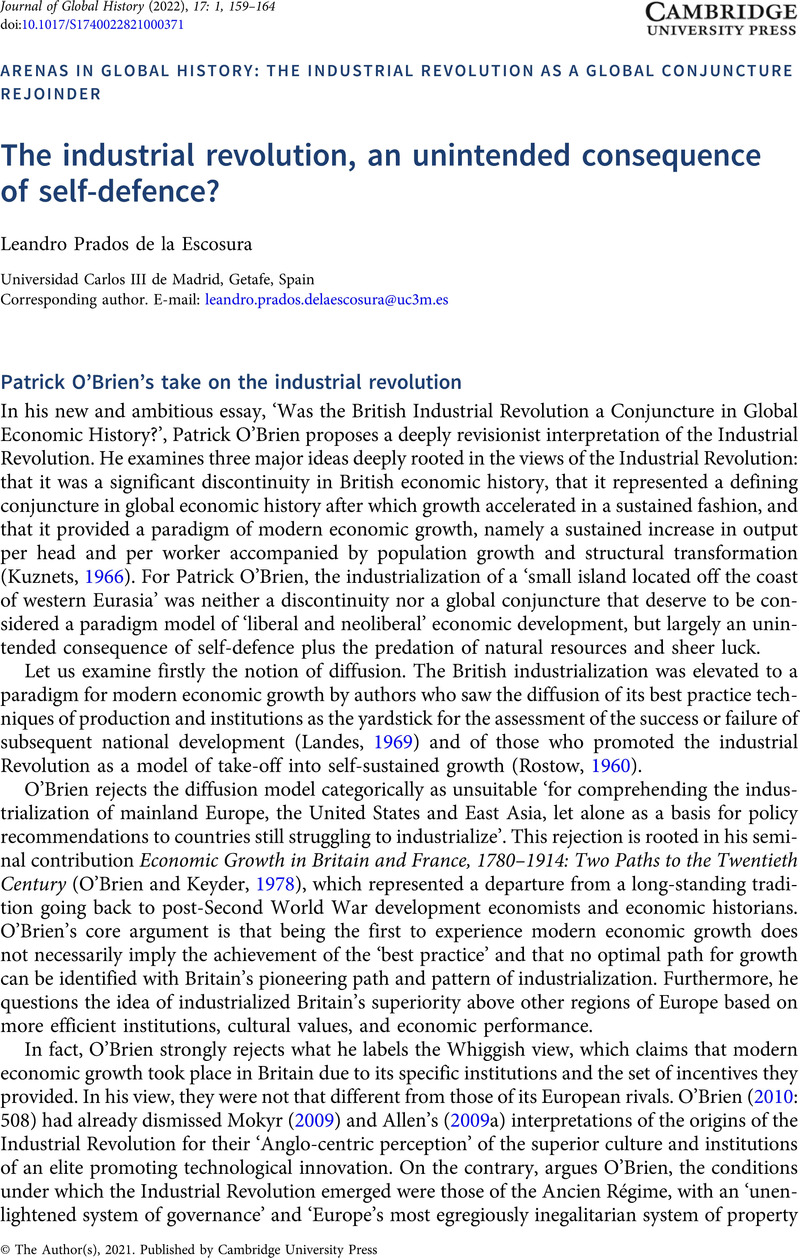Crossref Citations
This article has been cited by the following publications. This list is generated based on data provided by Crossref.
Hutková, Karolina
2024.
Review of periodical literature for 2022: (iv) 1700–1850.
The Economic History Review,
Vol. 77,
Issue. 1,
p.
355.




